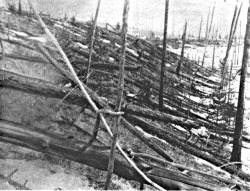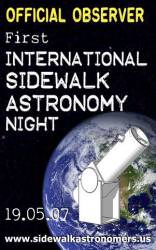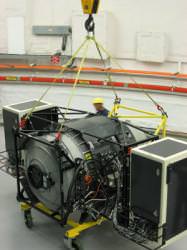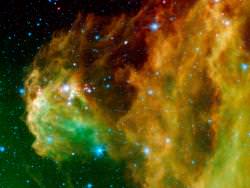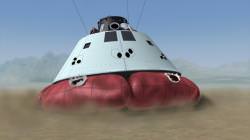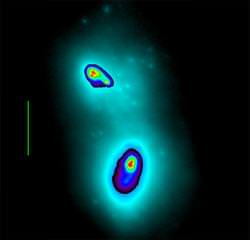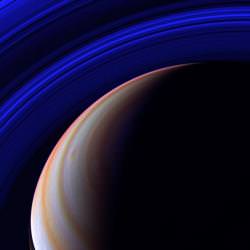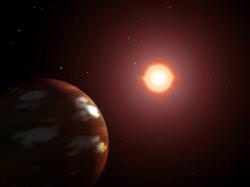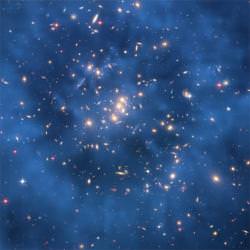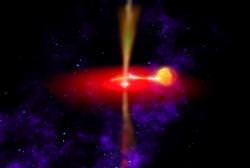The Universe Today spaceport is happy to host the third Carnival of Space. This is a roundup of cool articles about space and astronomy from bloggers and writers from across the Internet. By reading through this list of articles, we hope you’ll find some new articles to enjoy, and some new blogs to follow.
Now, let’s see who’s arrived at the spaceport…
The Space Cynics are celebrating their 1 year anniversary with a refresher course on their view of alt.space, the roadmap for space development, and why they’re so cynical.
The EarthSky Blog has this article by David S.F. Portree called Saving Spaceflight. He considers the thorny question of whether the emphasis in the space program should be on human exploration or robot probes.
When he’s not herding cats on his blog, Dynamics of Cats, Steinn Sigurdsson is writing about the launch of Corot and its first planetary discovery.
Amanda Bauer (aka the astropixie) recently spent an evening commanding the gigantic Gemini south telescope. But even that responsibility couldn’t keep her from gazing into the heavens from that Chilean peak into some of the clearest skies on Earth.
On the Physics Forums, there’s an interesting article called Andromeda Looming Large, about how the mighty Andromeda galaxy is larger than previously thought.
Chuck Magee from the Lounge of the Lab Lemming explains how Uranium Thorium star dating works. This is how they know a star can be 13.2 billion years old.
The Space Writer’s going down into an invisible ring of dark matter. Care to join?
Alan Boyle reports on his MSNBC Cosmic Log how a venture that uses outer space to generate random numbers is finally in the midst of a soft launch.
L. Riofrio from A Babe in the Universe was working on a story of how Hubble proved that the Universe was expanding and Einstein’s cosmological constant was a blunder. As the story was posted, a huge fire broke out threatening the observatory.
Emily Lakdawalla from The Planetary Society Weblog reports on how scientists have figured out that Asteroid Itokawa shakes and vibrates every time it’s hit by little rocks, and those vibrations cause Itokawa’s gravels and boulders to migrate around the asteroid’s surface and sort by size.
The Bad Astronomer Phil Plait highlights the amazing new discovery about a ring of dark matter surrounding a galaxy cluster collision, with a picture that will surely end up as your computer desktop.
Then let’s peek in with James Watt and his article about one of the many obstacles to space exploration: air.
My Astronomy Cast co-host, Dr. Pamela Gay sees a new day rising on other worlds.
And last, but not least, here’s my story on Universe Today about how you can enjoy a few extra nanoseconds of subjective time during your descent into a black hole.
Since I just can’t get enough of the Carnival of Space, I’ll be hosting it again next week. Here are your instructions to get involved for next time. I’ll see you next week.

